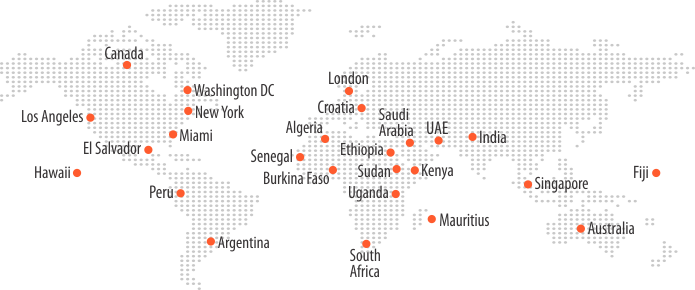The changing wholesale business model for Telco’s

According to a report “The future of International Wholesale” by Hot Telecom, the international wholesale traffic is steadily shifting from the larger operators/carrier to the smaller ones. Much of the wholesale traffic carried across the world today is through these smaller Tier 2/3 carriers/aggregators, and poised to grow further. These carriers/aggregators have the advantage of local presence, which in turn translates to strong local routes with very aggressive rates. Therefore, interconnecting with tier 2/3 carriers for specific destinations is an emerging business model, which is one of the primary reasons for the spurt in the large number of such carriers.
Larger operators do not have the operational setup, bandwidth and manpower to tackle the growing number of carriers for interconnection. The operators are also burdened with old technology and now need newer solutions to manage the volumes. Hiring new people to manage the business processes further eats up into the already minuscule margins. Therefore, a drastic shift in the business model is being established.
The answer lies in automation and convenience of reach. The operators are positioning themselves in such a way that the smaller carriers interact with them conveniently and exchange information easily. Such a situation is helping to save cost and improve margins, which would otherwise have gone towards paying their sales & marketing manpower to reach out to the market.
This discussion leads us to think about a solution which competently handles the current carrier market scenario by utilizing the latest advances in telecom technology. Such solutions will have to be multi-faceted. One aspect of the solution should be able to deal with the telco’s day-to-day wholesale voice traffic, while the other aspect is expected to focus on smaller carriers, providing them with a platform to do business with the telcos’ with ease. The manual processes of client acquisition ranging from technical details entry, NDA, agreement, product selection, etc. should be completely automated and represented on a self-care portal, thus saving the huge manpower requirement of operators to run these processes.
Such a system helps generate a parallel revenue stream for the telcos without any major sales & marketing investments, and also make the most out of the opportunity present in terms of aggregating niche destination traffic on highly competitive rates.
I strongly feel that telcos need to invest in the right vendor/partner, to completely benefit from the opportunity.




